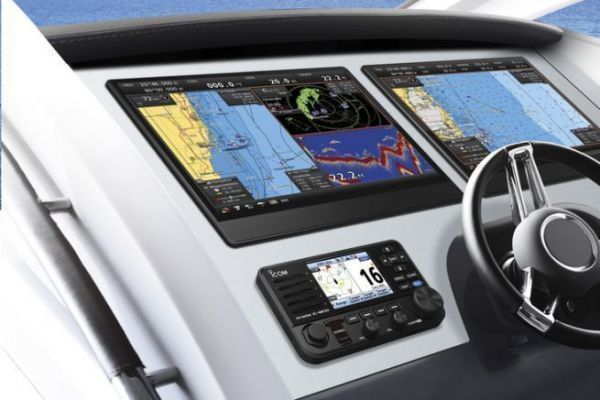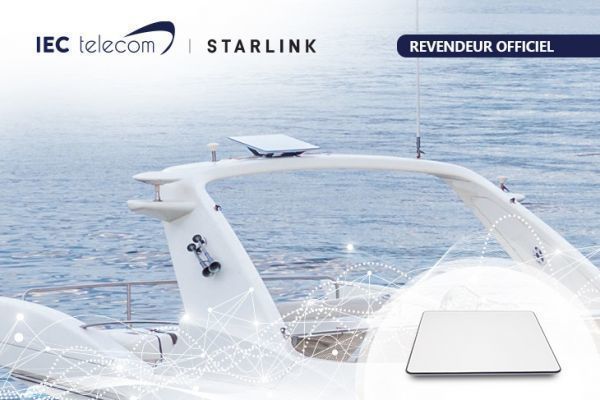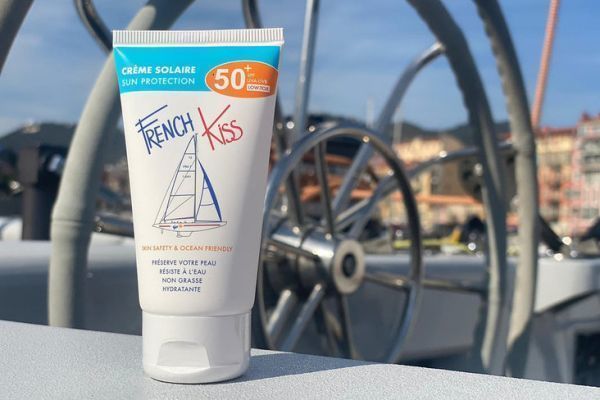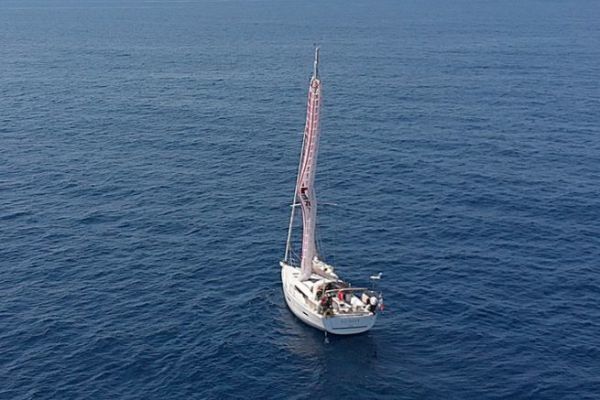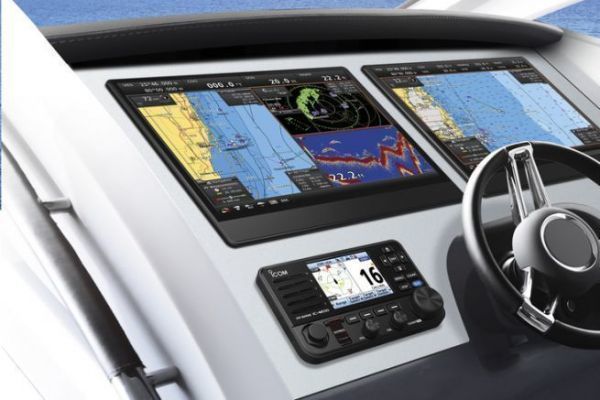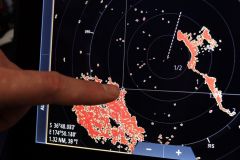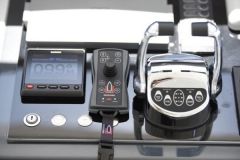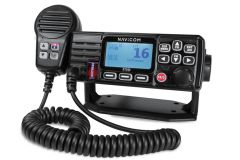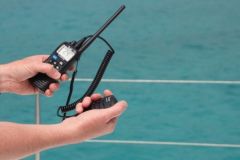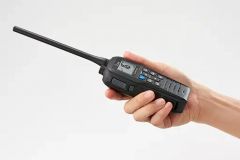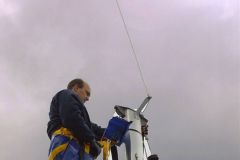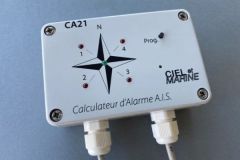The Automatic Identification System (AIS) has become a crucial tool for ensuring the safety and management of maritime traffic. It enables ships to share information such as position, speed, course and other essential data with other vessels and coastal stations.
However, many boaters wonder whether they should choose between an AIS receiver or transponder. Each has its own advantages for the safety of your boat. Here are a few keys to help you make an informed decision for your pleasure boat.
The AIS receiver, for reception only

Having an AIS receiver is a popular choice among boaters. It's a device that picks up signals emitted by nearby AIS transponders. It allows you to receive information transmitted either from boats or land stations. With an AIS receiver, you can view positions, speeds, headings and other relevant data from surrounding vessels on a dedicated screen. This enables you to increase your situational awareness and make informed decisions to avoid potential collisions.
AIS receivers come either in the form of a black box that connects to the plotter, or - and this is much more practical - integrated into a fixed VHF. This is the case with the Icom IC-M510EAIS model, which indicates targets directly on its color screen. No additional antenna is required to install this type of product, as the AIS shares the same antenna as the VHF.
As a result, AIS receivers are less expensive than AIS transponders and can be easily integrated into your existing navigation system, sharing information via NMEA 0183 or 2000 networks.
The AIS transponder, I become visible
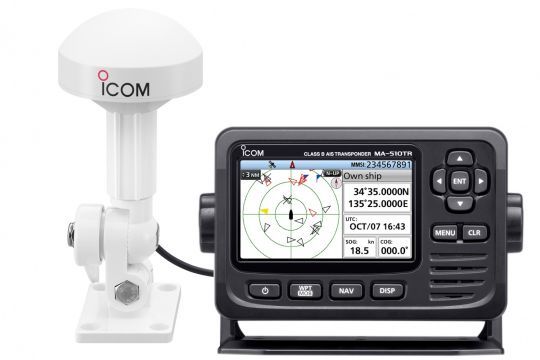
Unlike the AIS receiver, the AIS transponder is a bidirectional device. It receives signals from other AIS-equipped vessels and also transmits information specific to the vessel on which it is installed. The data sent by the AIS transponder includes vital information such as the vessel's name, GPS position, speed, direction and other voyage details. This information is received by other vessels equipped with an AIS receiver or transponder, and by coastal stations, enabling better situational awareness and more informed decision-making on navigation and maritime safety.
Having a transponder on board means that other vessels can locate you, and know your position and speed, among other things. An AIS transponder improves your visibility and facilitates communication with other boats in the area, and with the maritime authorities.
If it's a black box, an AIS transponder will need to be connected to another plotter-type device to display the targets on a screen. Alternatively, there are dedicated devices such as Icom's MA-510TR, which combines transponder and display in a single unit. This transponder is self-contained, with its own GPS and antenna to pick up AIS signals.
Time to choose
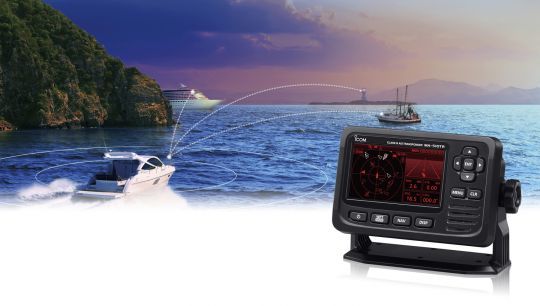
The choice between an AIS receiver and an AIS transponder depends on your specific boating requirements. It will mainly depend on your navigation mode and area.
Boaters navigating the Channel close to freighters in the rail will have every interest in being visible on the AIS. A transponder therefore seems the ideal solution in this situation. If you're sailing in an area where you're not likely to encounter many boats, a receiver alone may be enough to ensure your safety.
In both cases, you should always keep a close watch. In fact, while the AIS will tell you which boats are transmitting in the vicinity, there are many pleasure craft and fishing boats that do not use AIS. So always be on the lookout.

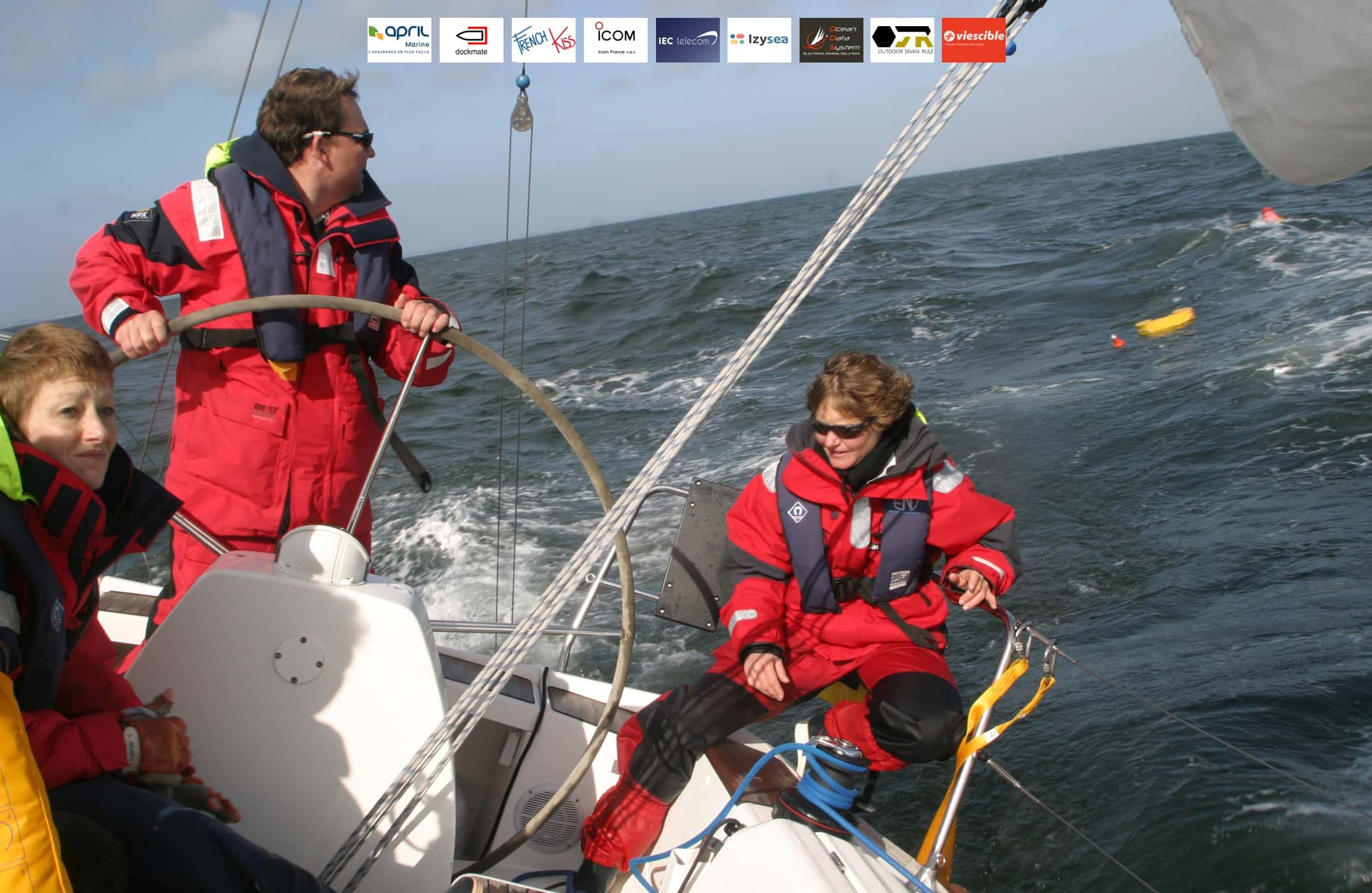
 /
/ 